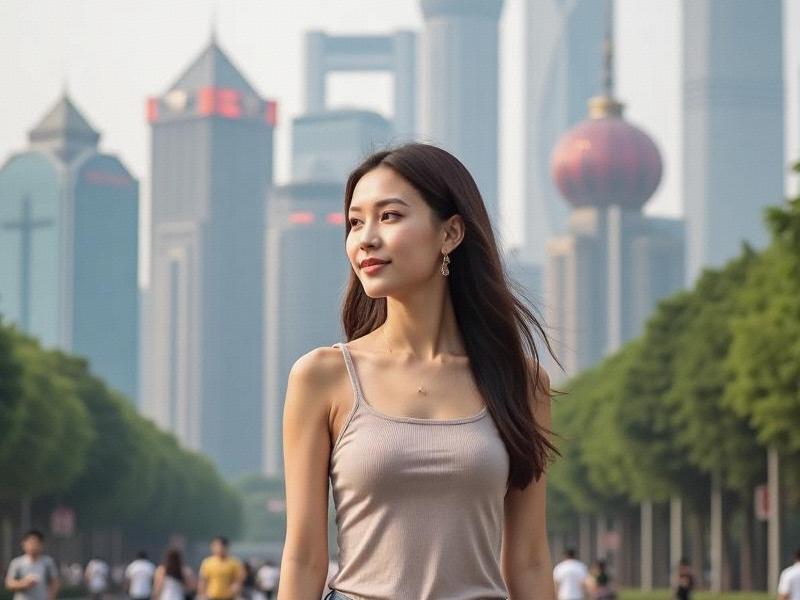An in-depth examination of how Shanghai balances rapid technological advancement with cultural preservation as it evolves into one of the world's most influential 21st century cities.

The Huangpu River tells two stories. On its west bank, the neoclassical buildings of the Bund stand as stone chronicles of Shanghai's colonial past. Across the water, the sci-fi skyline of Pudong's skyscrapers pulses with LED visions of tomorrow. This dichotomy defines Shanghai - a city perpetually straddling history and futurism, local identity and global ambition.
Urban Transformation Timeline:
• 1990: Pudong development begins (GDP per capita: $800)
• 2010: World Expo showcases new urban paradigms
• 2024: GDP reaches $700 billion (surpassing Switzerland)
• 2035: Carbon neutrality target set for world's largest port
爱上海最新论坛 Architectural Innovations:
Shanghai's skyline represents a dialogue between:
1) Preservation: Over 1,200 historic shikumen buildings restored
2) Innovation: Twisting Shanghai Tower (632m) redefines sustainable skyscrapers
3) Experimentation: "Sponge city" wetlands absorb 60% of stormwater
Cultural Paradox:
上海花千坊419 While 83 new multinational HQs arrived in 2024, the city simultaneously:
- Opened 48 traditional teahouses
- Hosted 320 kunqu opera performances
- Saw 22% annual growth in hanfu (traditional dress) enthusiasts
Economic Powerhouse:
• Financial sector: Handles 45% of China's foreign exchange
爱上海 • Tech scene: 3,200 AI companies (including SenseTime)
• Retail: Home to world's busiest Starbucks and largest Uniqlo
Social Challenges:
- Housing: Average price-to-income ratio 34:1
- Aging: 35% population over 60 by 2030
- Education: Cutthroat competition for top schools
As dawn breaks over Longhua Temple, monks chant alongside the hum of autonomous delivery vehicles. In wet markets, vendors accept digital yuan while wrapping dumplings in century-old techniques. Shanghai's genius lies in this synthesis - proving that modernization needn't erase identity, and that global cities can retain souls. The "Paris of the East" has become the "Blueprint of the Future" - a living laboratory for urban civilization's next chapter.